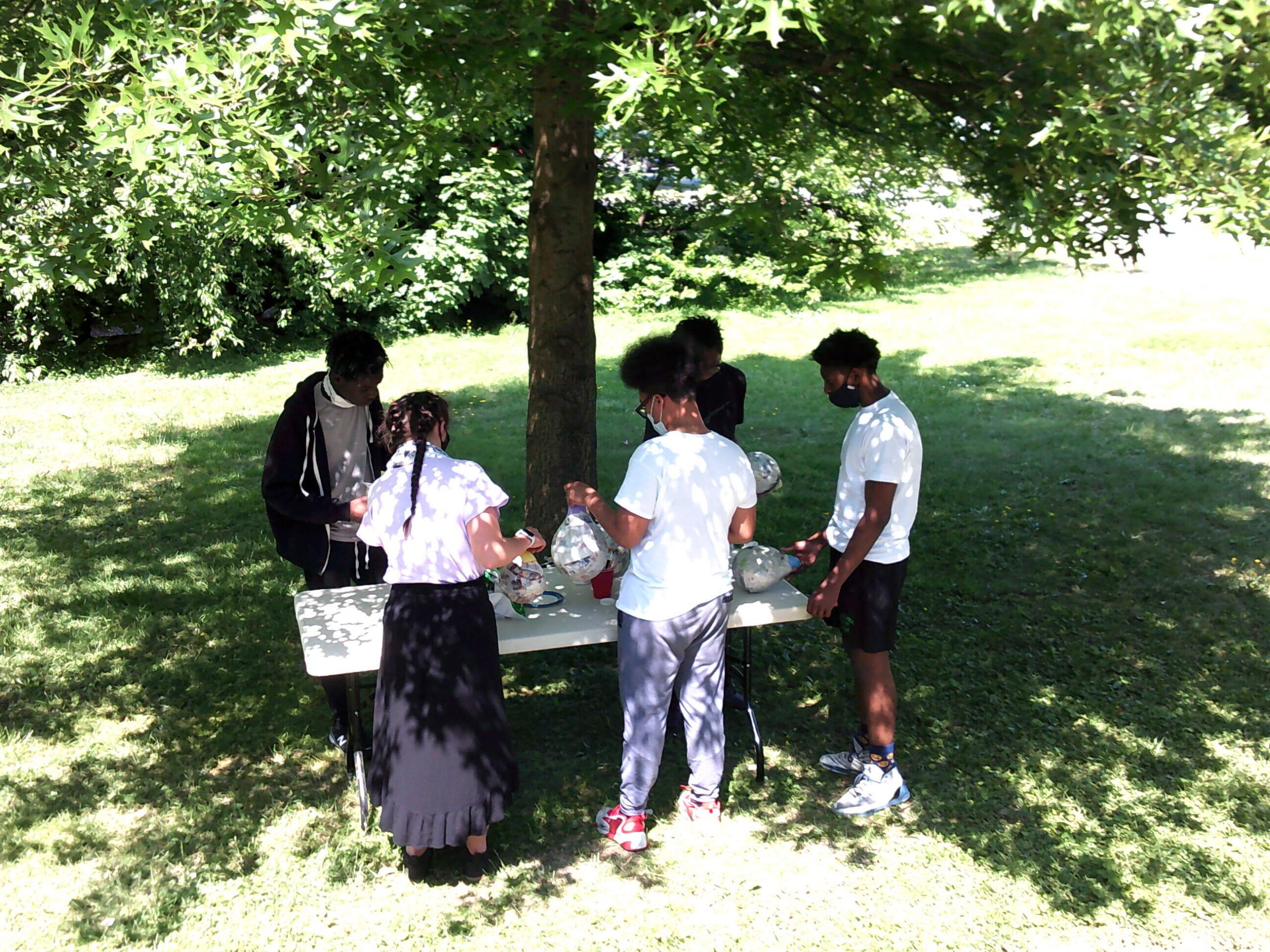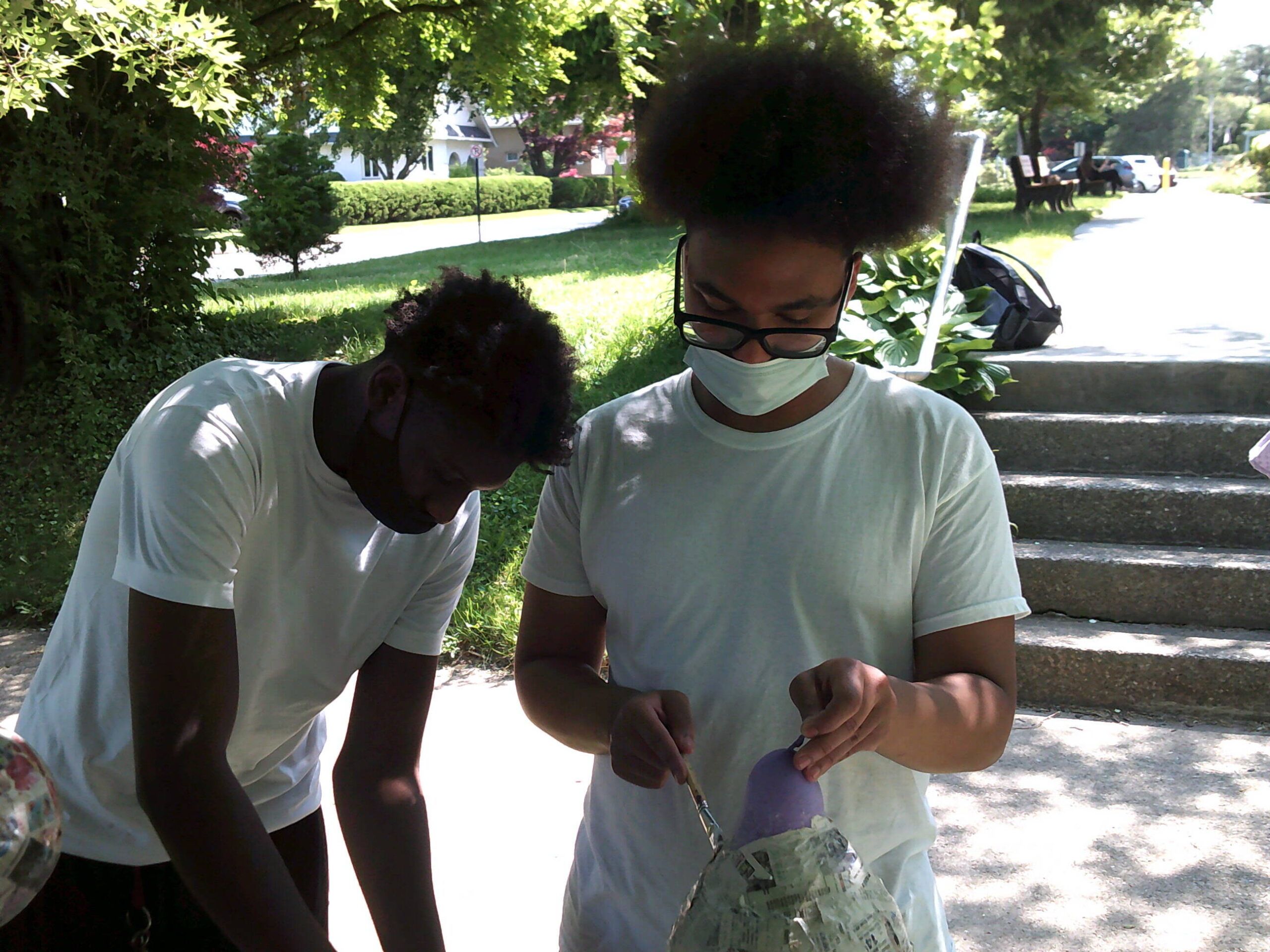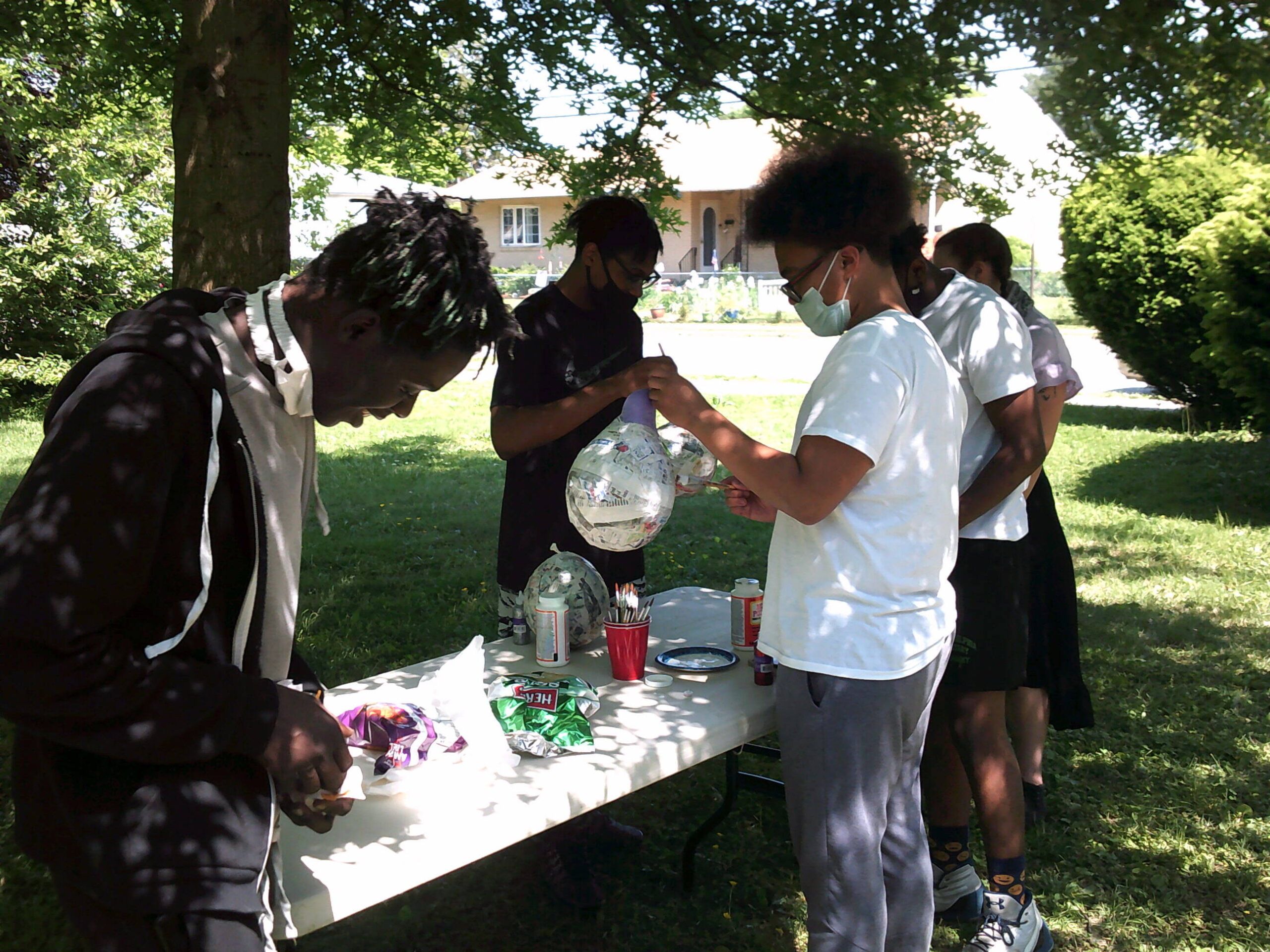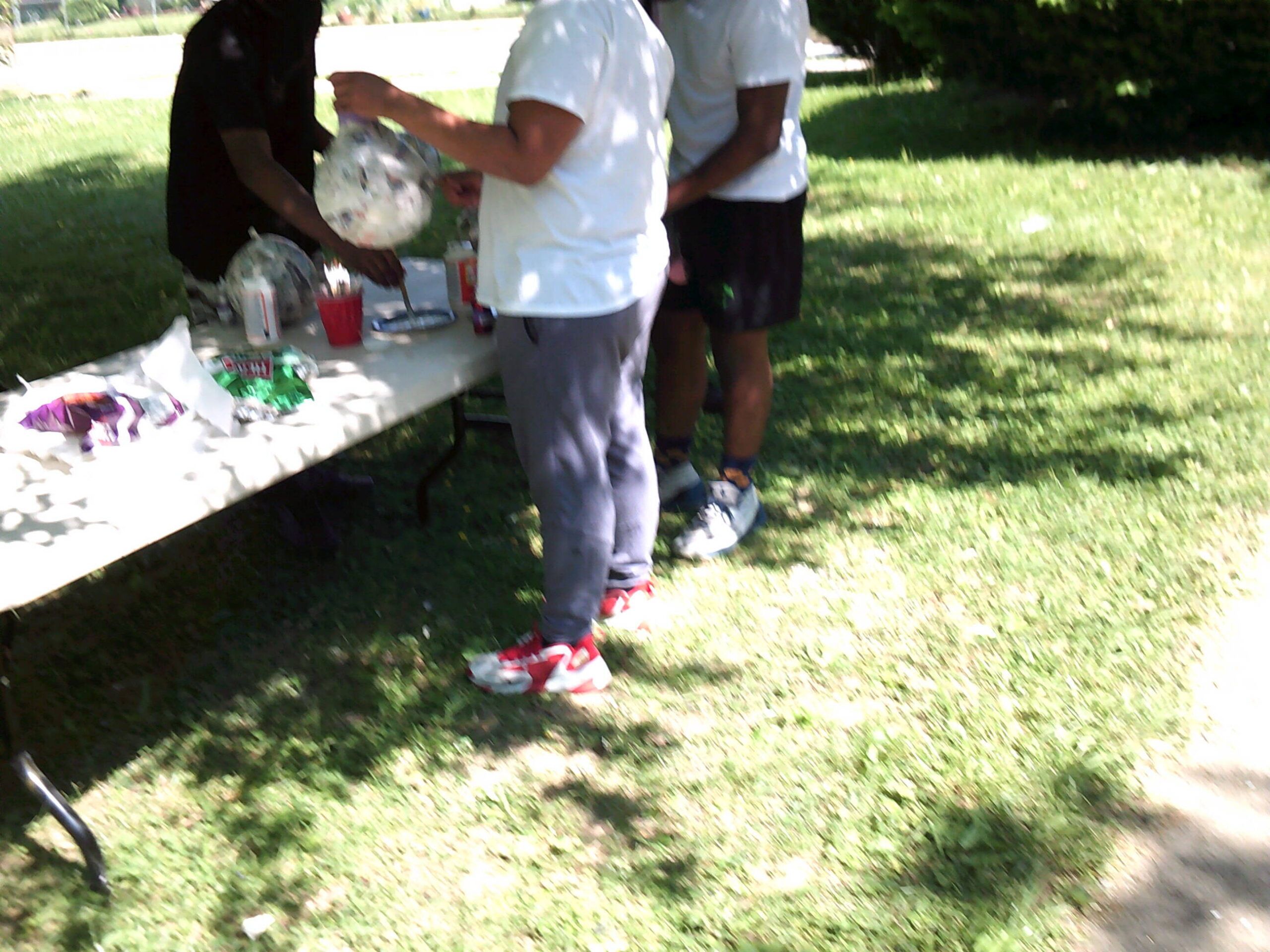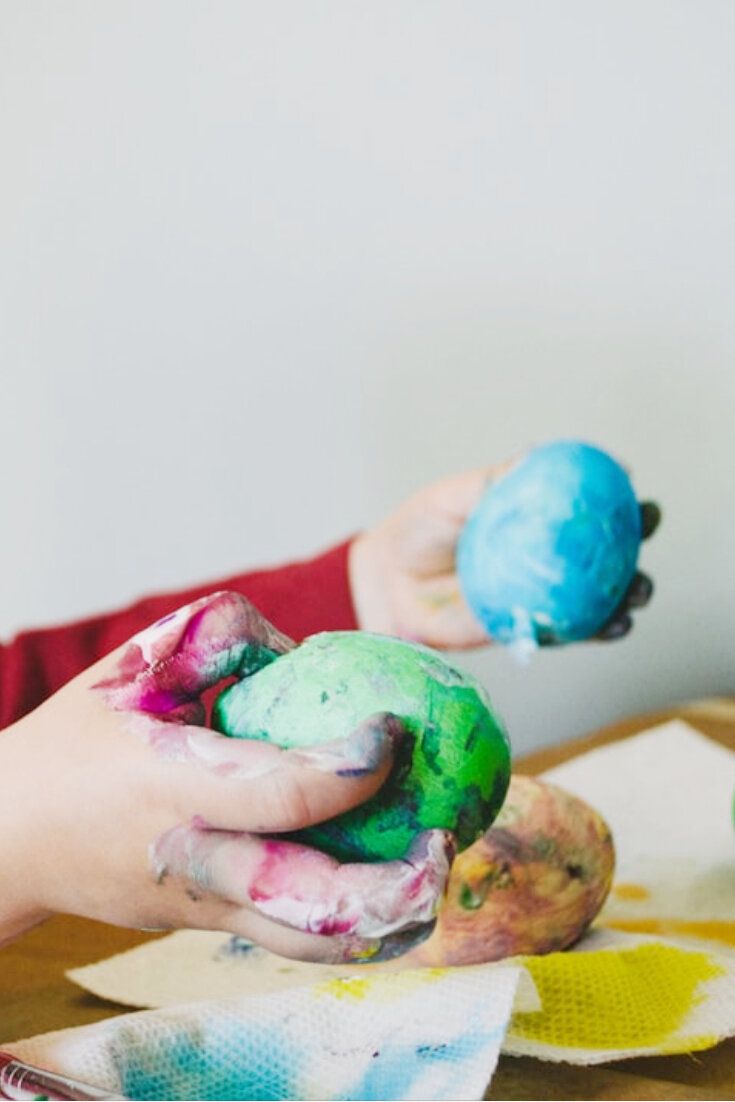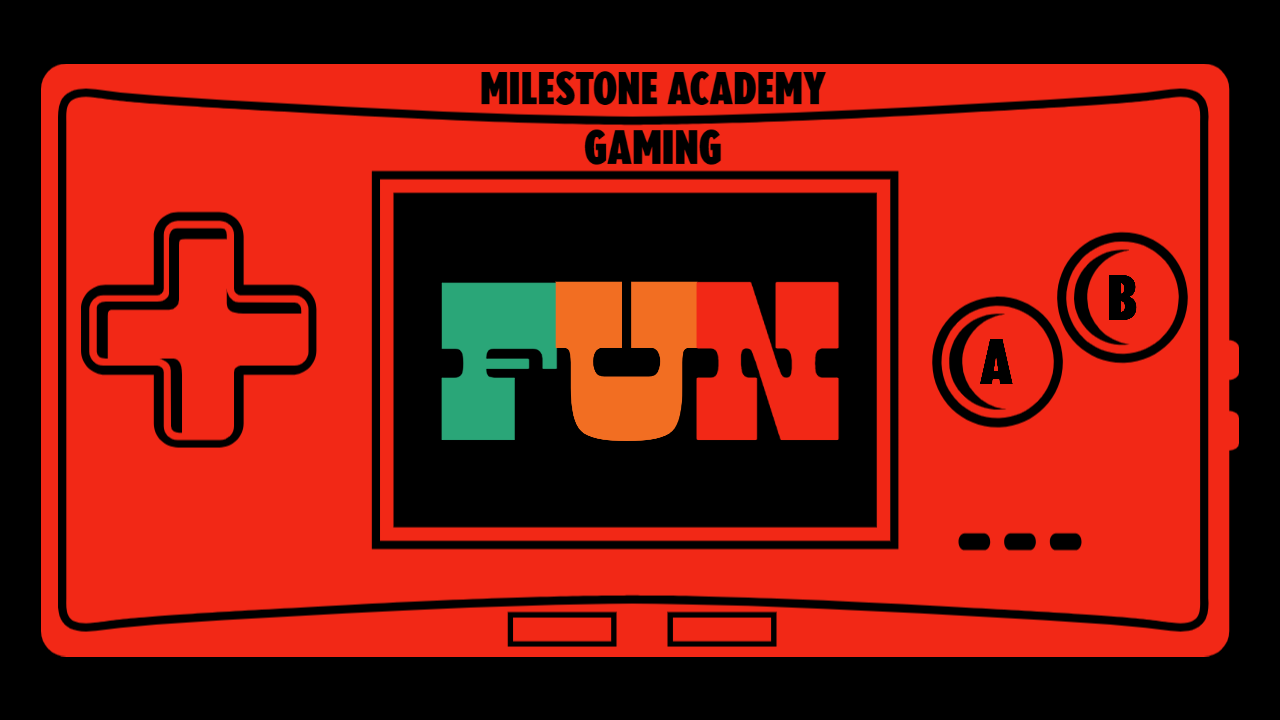How To Paper Mache With Ms. Amanda’s Art Class
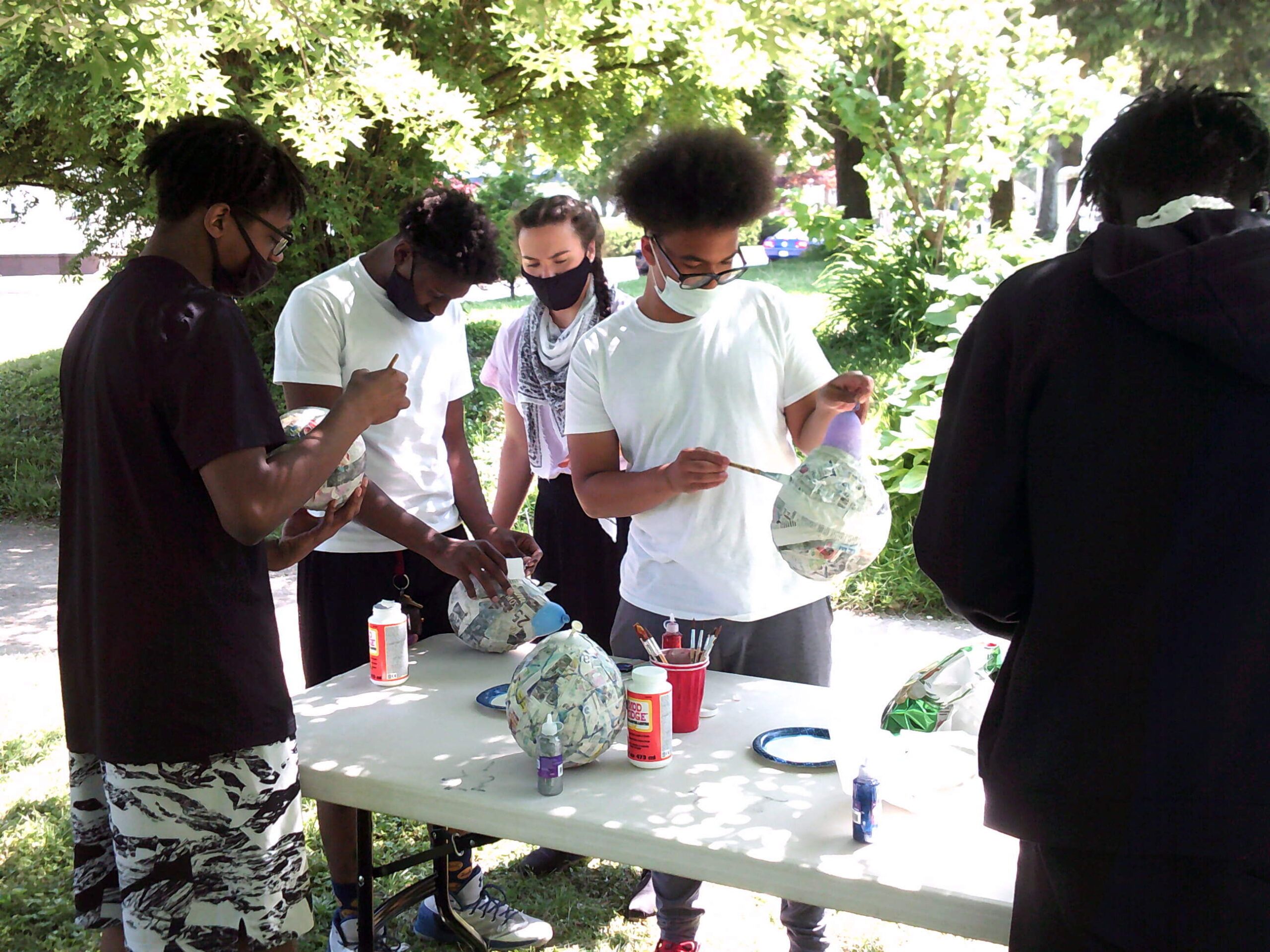
Ms. Amanda’s Art Class is always exciting but learning how to papier-mâché paper was definitely a student favorite. Watch the fun on MileStone’s YouTube channel!
What Is Paper Mache?
In French, papier-mâché or English, paper mache, literally means chewed, pulped, or mashed paper.
Paper mache is a combination of paper pieces reinforced with cloths and then bound with an adhesive, such as glue, starch, or wallpaper paste.
How To Create Paper Mache
What You Will Need…
-
Newspaper
-
A bowl or large container
-
Water
-
Your base structure (i.e. a balloon or cardboard)
-
Paintbrushes
-
Flour, wallpaper powder/paste, or white glue
Step 1
Clear an area and lay down a few newspapers or other scrap material to keep clean up at a minimum.
Step 2
Tear the newspaper into long, small, short, and big pieces. In fact, there is no wrong way!
Step 3
Choose your method to make papier mâché.
Step 4
Blend your choice of mixture. Do this using a paintbrush, mixing spoon or stick. Stir until it forms a smooth consistency.
Step 5
Find a surface you want to paper mache. You can try a balloon, cardboard, or a figurine.
Step 6
Dip a strip of newspaper into the mixture.
Step 7
Remove any excess water by sliding your fingers from the top to the bottom of the newspaper strip. Hold it over the bowl so it drips back into the container.
Step 8
Lay the strip over the surface or figure. Smooth it out, using either your fingers or a paintbrush.
Step 9
Repeat laying strips. Do this until the entire surface or figure is covered three times over.
Step 10
Place the object on a covered surface to dry. It will need a day or so to completely dry, depending on the size of your piece
Step 11
Start coloring! Paint or decorate as desired. Enjoy! (And be sure to tell everyone you did it yourself.)
